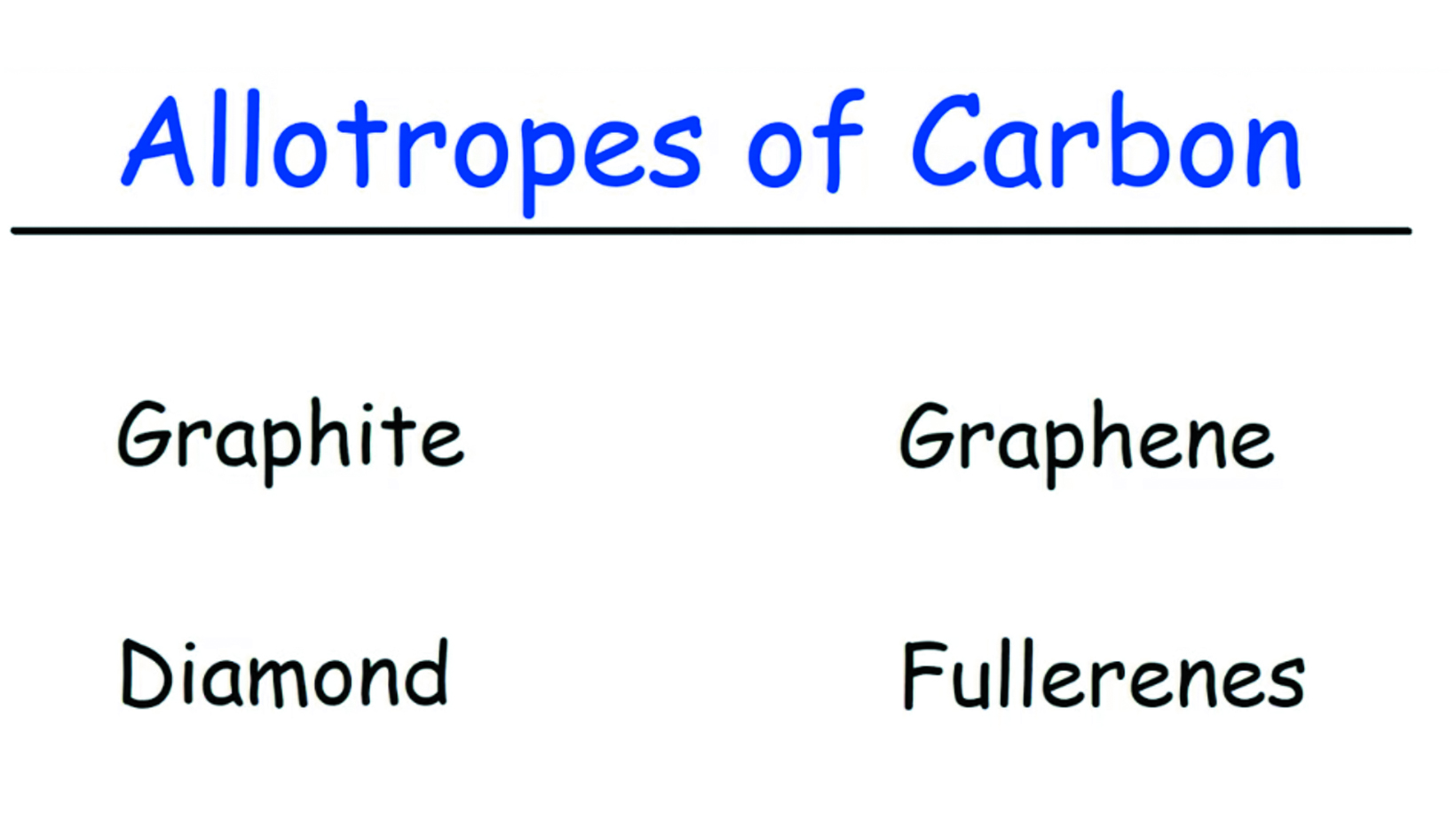Kentucky bluegrass (Poa pratensis) is a popular cool-season grass species that is native to Europe and Northern Asia, and Morocco. Additionally, it is widely cultivated in Kentucky and other parts of North America. Vibrant green and fine-textured, it is know for its dense characteristics.
Kentucky bluegrass is highly adaptable and can grow in a variety of soil types, including well-drained clay and loam soils. It tolerates moderate shade but thrives on cool humid areas. It spreads by rhizomes and seeds. Root growth is greatest in fall and spring and slows dramatically in summer months.
This grass species has a deep root system and spreads through both above-ground stolons and below-ground rhizomes. Thus, allowing it to recover quickly from damage and fill in bare spots. It can also self-repair by spreading lateral shoots.
Kentucky Bluegrass and Sports
Excellent for wear tolerance, it is a popular choice for sports fields and lawns.
It is also a popular choice for golf courses, as it provides a smooth surface for putting greens.
In addition to its aesthetic qualities, Kentucky bluegrass offers some practical benefits as well. Its deep root system helps prevent soil erosion and improves water infiltration, making it a good choice for areas prone to flooding or erosion. It also has good tolerance for cold temperatures, allowing it to stay green throughout much of the year in cool-season climates.
However, it is relatively slow to establish from seed compared to other turfgrass species.
Its dense growth habit also requires regular mowing and maintenance to keep it looking its best.
Kentucky bluegrass requires regular watering and fertilization to maintain its lush appearance, but it is generally low-maintenance once established. However, it can be susceptible to certain diseases and pests, such as leaf spot and white grubs, so proper care and vigilance are important.
There are many different cultivars of Kentucky bluegrass available, each with its own characteristics and strengths. Some cultivars are specifically bred for their improved disease resistance, drought tolerance, or shade tolerance, allowing homeowners and groundskeepers to choose a variety that best suits their needs.
Overall, Kentucky bluegrass is a versatile and attractive turfgrass species. Its fine texture, vibrant color, and excellent wear tolerance make it a popular choice for residential lawns, parks, and sports fields.
Review our website to learn more and ask for Greensmiths products by name.




